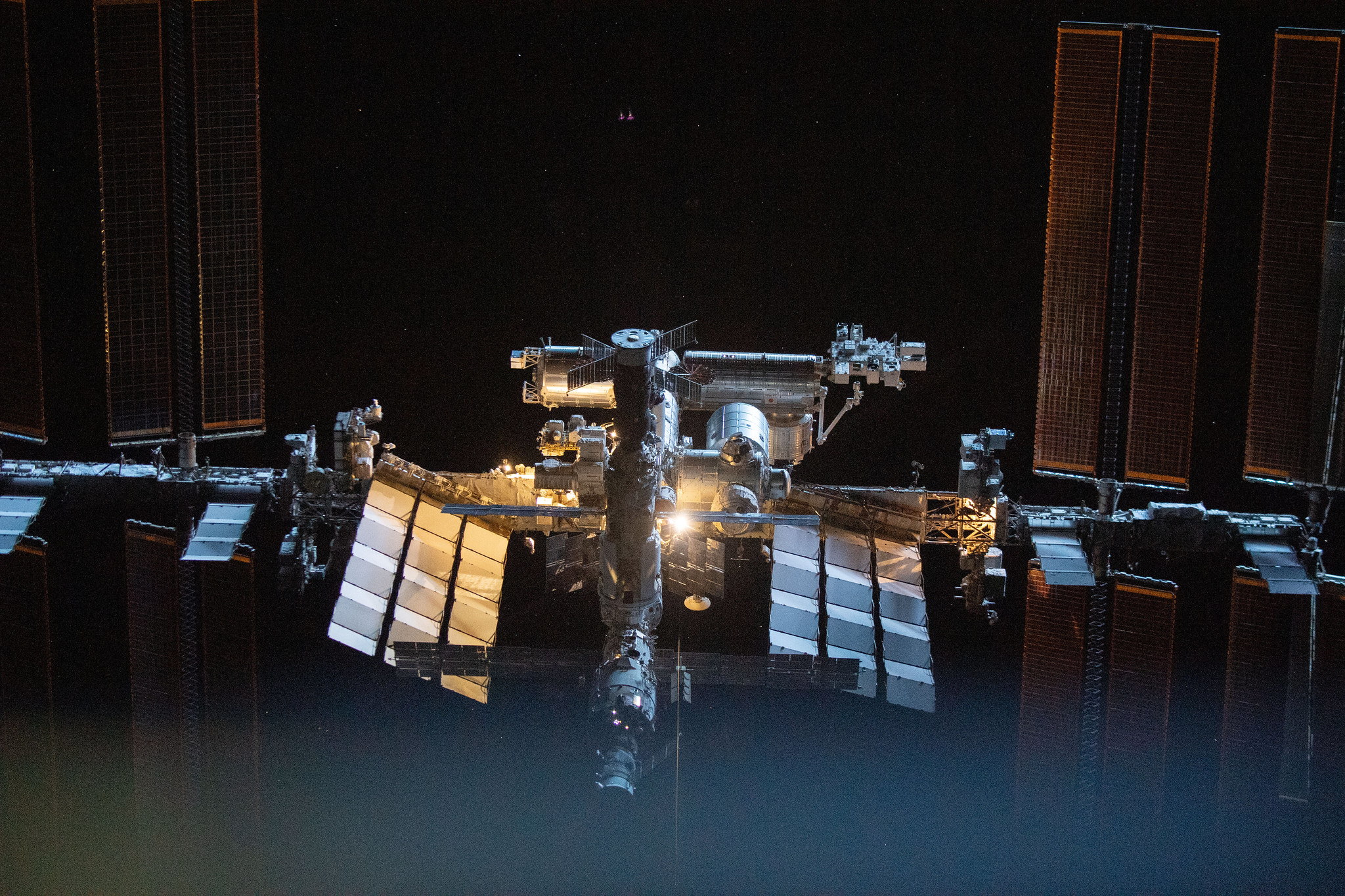

As private spacefaring expeditions become increasingly the norm, NASA is doing its best to make sure everyone gets along 277 miles above the planet. A new special notice released from the agency earlier this week announced a number of new stipulations for future private sojourners docking aboard the International Space Station, including the potential requirement that each trip’s mission commander be a retired US astronaut.
“A former NASA astronaut provides experienced guidance for the private astronauts during pre-flight preparation through mission execution,” the agency explained in its statement on Monday. “Based on their past on-orbit and NASA experience, the [private astronaut mission] commander provides a link between the resident ISS expedition crew and the private astronauts and reduces risk to ISS operations and PAM/ISS safety.”
The new resumé qualification comes via “lessons learned” from April’s first all-private crew stay in the ISS courtesy of Axiom Space, during which time things got a bit tense. “In essence, the arrival of the Axiom personnel seemed to have a larger-than-expected impact on the daily workload on the professional International Space Station crew,” Susan Helms, a former NASA astronaut and current Aerospace Safety Advisory Panel member, said in May.
While both NASA and Axiom members have made sure to also praise each others’ cooperation and time aboard the ISS, it’s easy to see how inherent frictions may develop in these spaces. Despite an overall size comparable to the length of a football field, the ISS itself is only designed to support six people at a time. Even if visitors are staying aboard their docked vehicles, it still makes for cramped conditions with frequent additional sightseers and researchers.
Private space travel is here to stay, and its general goals—and wealthy patrons—will often conflict with publicly funded projects.
It’s worth noting that while Axiom’s first crew aboard the ISS included a former NASA astronaut, Michael López-Alegría, as team leader. That said, the company had since hinted at future trips sans professional astronauts as a way to add another $55 million seat aboard their rides. It’s in NASA’s best interest to get ahead of the inevitable and establish some baseline requirements for partnerships between other companies’ civilian travelers.
But as Engadget also notes, it may be difficult for these private companies to find ready and willing NASA astronaut veterans. According to the agency’s directory, there are currently only about 300 living retired astronauts out there at the moment, many of whom aren’t up to the task anymore. The current US astronaut count is even more scarce, with 44 active personnel at the moment. Still, there’s a lot of money in private spacefaring, so that may convince a few former NASA crew members to suit up at least one more time.
